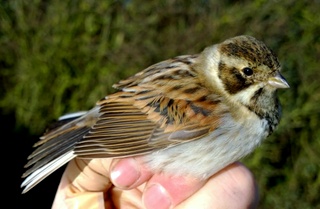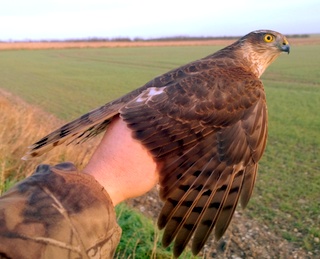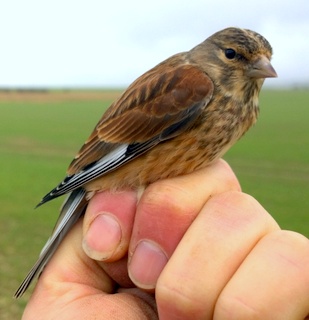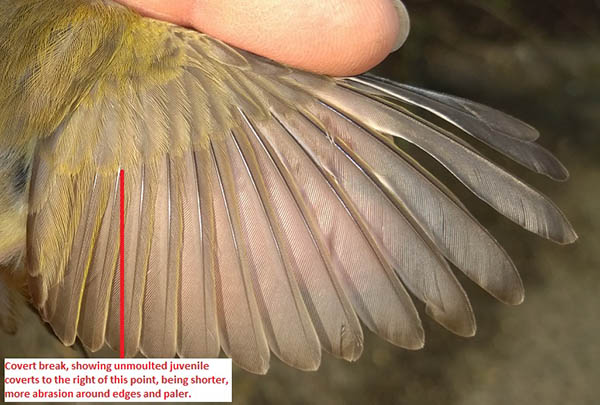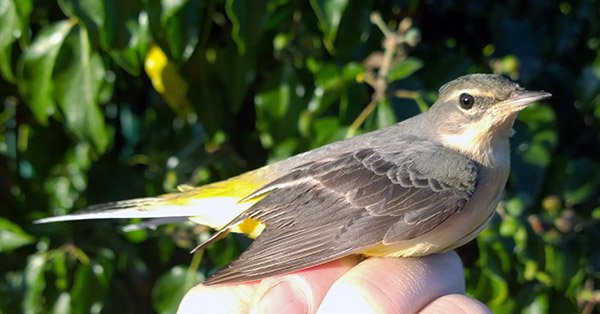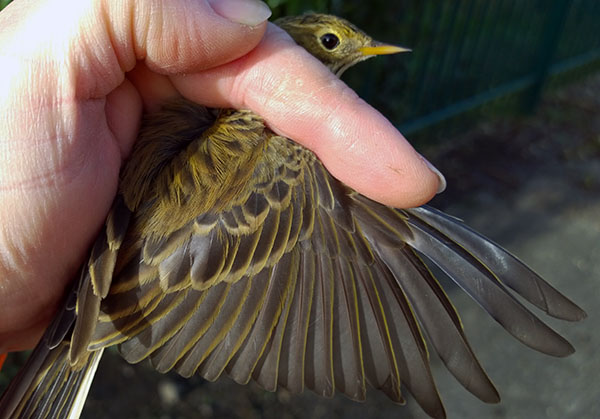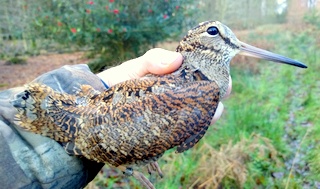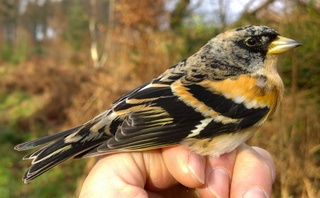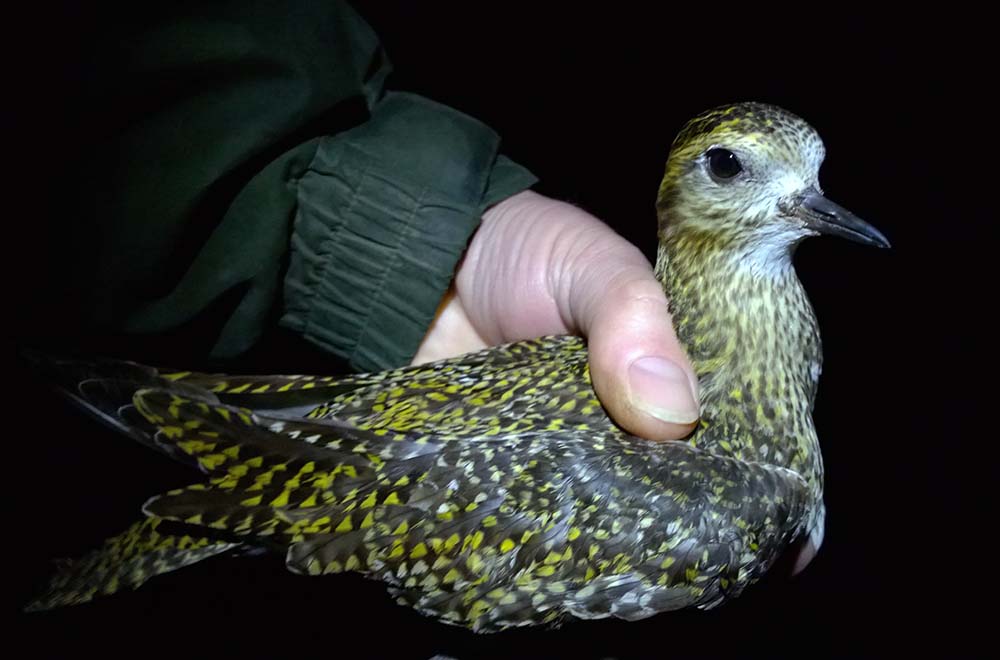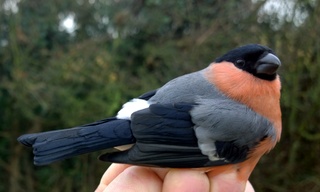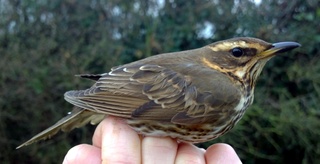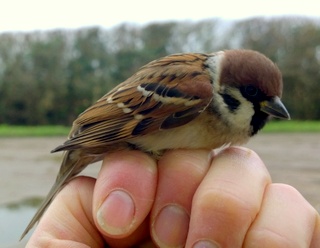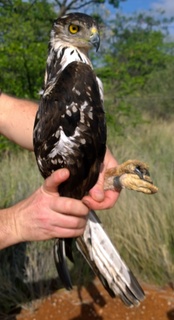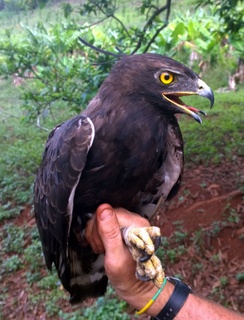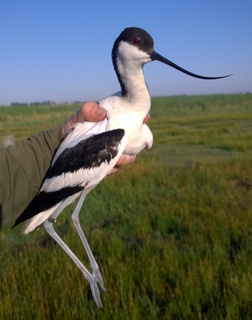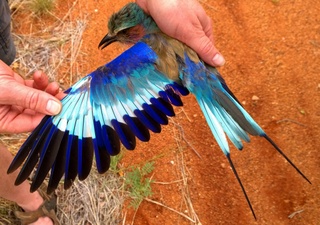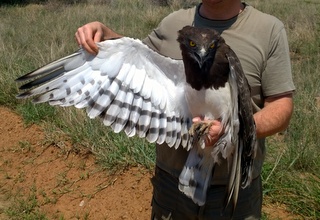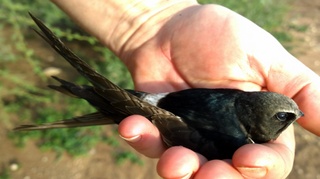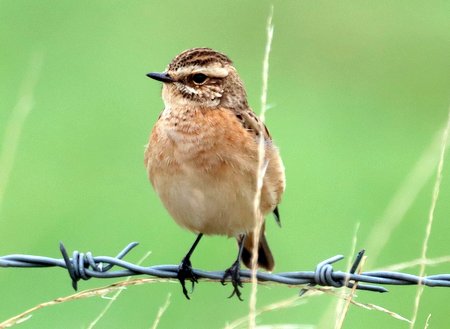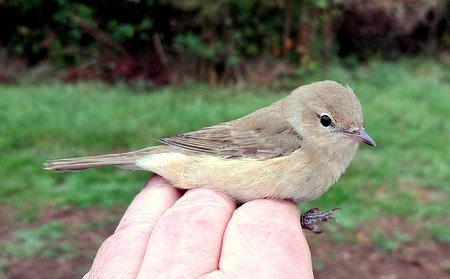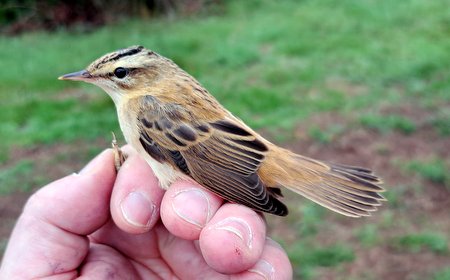16th February 2016 - Swindon STW
With the weather flat calm and crisp I was able to get out for a little two hour session before work at Swindon STW which will always be my favourite site. At this time of year I operate two small feeding stations, they support really good numbers of Reed Buntings with the flock size being about 70. Two dog-leg net sets with short nets is all that is needed but I was still flat out and could easily have continued all morning.
This is high value ringing because we tailor a lot of our habitat management specifically for the needs of Reed Buntings. I ringed 12 today and retrapped 11. Retrap Reed Buntings are always really interesting, especially at a site where they show such winter site fidelity. I retrapped five from last winter, two from two years ago and one from three years ago, along with a control so it will be interesting to see where that has come from.
Other birds showing good longevity were a Dunnock and a Blue Tit both originally ringed in 2011.
Water Rails were very vocal in the reed beds and I need to make an effort to target them soon if we get another break in the weather.
This was a really worthwhile little session and 30 new and 42 retraps in two hours was excellent. MP
Reed Bunting 12 (11), Great Tit 5 (6), Blue Tit 4 (9), Wren 4 (1), Blackbird 3 (3), Robin 1 (6), Dunnock 1 (6)

